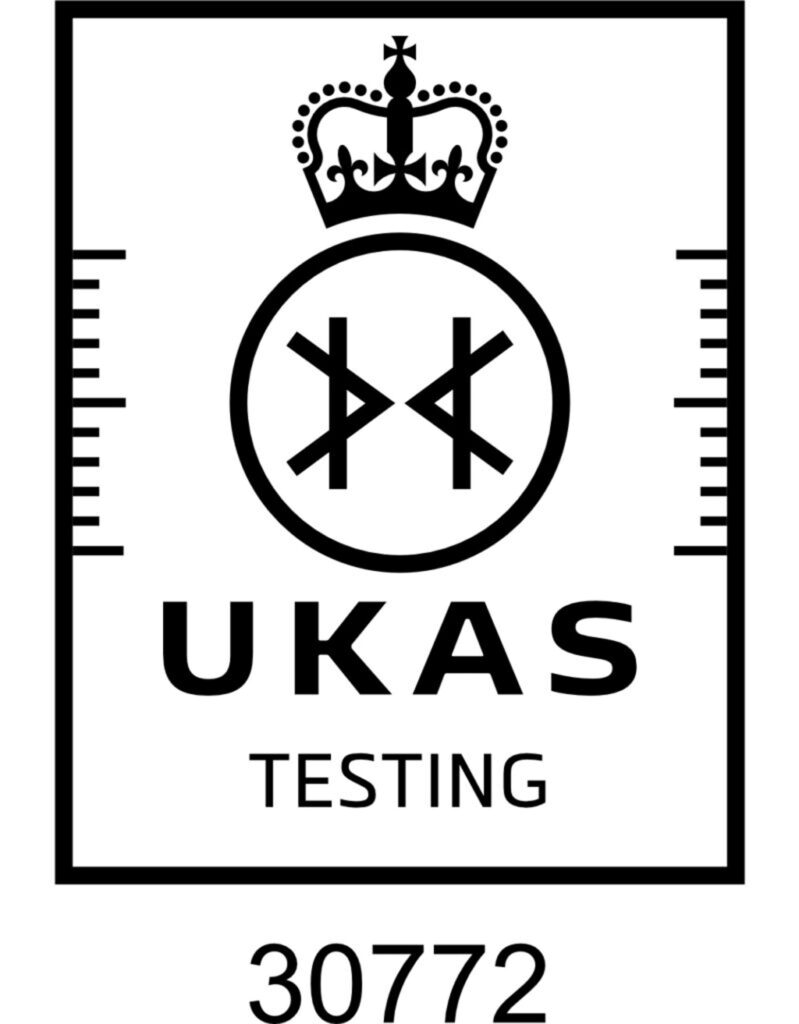
Fibre content testing is an essential procedure used to evaluate the amount and type of fibres present in a concrete mix. The inclusion of fibres enhances the properties of concrete, improving its performance in both its fresh (unhardened) and hardened (in-service) states.
This test ensures that the fibre dosage meets the project’s design requirements, which may influence properties such as:
Fibre content is determined through a precise methodology:
Fibre content testing is vital in projects where fibre-reinforced concrete is specified, such as:
This testing ensures compliance with design specifications, providing confidence in the concrete’s enhanced performance characteristics.

AMTEST UK Ltd delivers top-tier services to civil engineering and infrastructure clients across the UK, backed by expert in-house concrete consultants.
Unit A 2D/6, Project Park, North Crescent, London E16 4TQ
Fibre content testing is an essential procedure used to evaluate the amount and type of fibres present in a concrete mix. The inclusion of fibres enhances the properties of concrete, improving its performance in both its fresh (unhardened) and hardened (in-service) states.
This test ensures that the fibre dosage meets the project’s design requirements, which may influence properties such as:
Fibre content is determined through a precise methodology:
Fibre content testing is vital in projects where fibre-reinforced concrete is specified, such as:
This testing ensures compliance with design specifications, providing confidence in the concrete's enhanced performance characteristics.